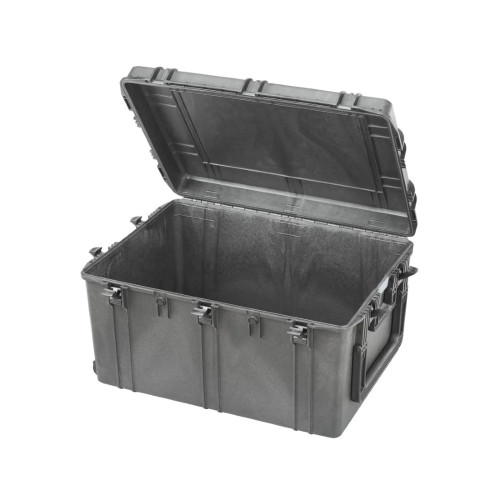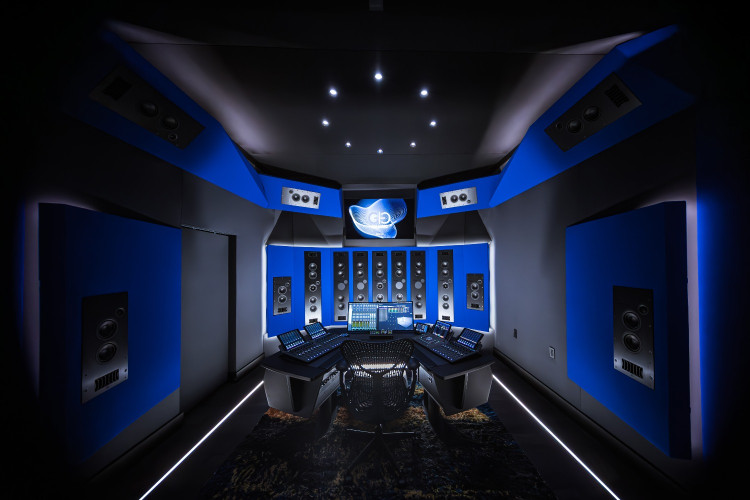Maximizing the Efficiency of Multiscreen Video Delivery

Author: shawn saleem
Published 1st February 2013
By Shawn Saleem
As consumer demand for video content anywhere, anytime, and on any connected device continues to grow at a rapid pace, today’s pay-TV operators are in need of next-generation technologies that will lower the cost of multiscreen content delivery while enabling them to adapt to new business models. Advanced content networking ICs resolve these issues by allowing operators to support a wide range of connected devices, varying compression formats, different resolutions and a multitude of other complexities involved with delivering multiscreen video content — all from a single transcoding architecture. This article explores the benefits of adopting a high-performance content networking IC for multiscreen content delivery.
Maximized Efficiencies
One of the main challenges of cost-effectively delivering multiscreen services is that there are an ever-growing number of devices, all of which have different specifications for supporting audio and video content. For example, certain devices, like smartphones, process different video formats compared with an 80in HDTV, requiring content operators to deliver video and audio files in numerous formats and file sizes. This creates the need for a powerful transcoding technology. By seamlessly encoding data from one format to another, transcoding enables operators to support a wider range of target devices.
Typically, transcoding is a two-step process that involves decoding the original content file into an intermediate uncompressed format and then encoding it into the target format supported by the end user device. However, it can also encompass re-encoding content files in the same format. This application is advantageous for performing transrating, whereby an operator can compress data at a lower bitrate in order to maximize bandwidth efficiencies, or image scaling to easily change the picture size of video content in order to compensate for the various output resolutions supported by different media devices. While the video compression that occurs during transcoding typically introduces generation loss, more sophisticated transcoding platforms are capable of minimizing degradation so there is no discernible difference in quality to the end user viewing the content.
Zenverge content networking ICs feature robust transcoding technology capable of performing a range of different functionalities, including transcoding and transrating, to help maximize efficiencies for pay-TV operators during multiscreen video delivery. Using the Zenverge content networking IC, operators can more cost-effectively process, package, and stream secure content to any IP-enabled device. To better understand the benefits of Zenverge transcoding technology, it is important to take a closer look at its various facets.
Because media content is broadcasted in many diverse compression formats and resolutions, which may not be supported by every IP-connected device, it is necessary for operators to convert content to the appropriate formats. Without relying on a high-performance content networking IC with powerful transcoding technologies to perform these tasks, this would be a very time-consuming and costly process. Utilizing Zenverge TransFormat and TransScale transcoding functions, operators can seamlessly convert video and audio content into various compression formats as well as different display resolutions, respectively. This makes it incredibly easy to convert a 1920 x 1080 interlaced video intended for an HDTV into 720x1280 progressive video content typically viewed on a smaller screen like a smartphone.
Advanced content networking ICs can also help operators resolve other technical issues related to frame rate, multicasting, mobile device transfer, container formats, and more. Zenverge ICs automatically change the frame rate of interlaced content into a progressive rate more suitable for a tablet viewing. With regard to multicasting, operators can quickly create multiple versions of a video stream in order to account for the vast capabilities of different multiscreen clients. Operators can then rapidly transcode and transfer video streams from their current location on the network server directly to consumers’ mobile devices. And to address the wide variety of media container formats, such as transport stream (TS), program stream (PS), MP4, and others, content networking ICs like those offered by Zenverge include specialized technology that performs audio and video stream muxing and demuxing while maintaining lip sync. This technology also makes it possible to support network protocols such as TCP/IP, UDP/IP, HTTP, RTSP, and RTP/RTCP, further increasing operational efficiencies.
Another challenge with rolling out multiscreen services is having the network capacity to handle a larger amount of content. With Zenverge technology, operators can adjust the bitrate of compressed content on the fly, with low latency, enabling them to more effectively allocate network bandwidth for multiscreen services. Bandwidth availability issues are also resolved through the company’s TranQoS technology, which detects the available bandwidth on a network connection and accordingly adjusts the video bitrate to be less than or equal to the network bandwidth. This enables operators to account for the various networking technologies used by IP-connected devices.
Finally, next-gen content networking ICs allow operators to protect their content on any device. Operators can override a device’s conditional access or DRM system and employ a new content security scheme compatible with all devices and approved by content owners and service operators.
Untapped Business Models
Advanced content networking ICs can perform a variety of previously disparate functionalities from a unified platform, dramatically maximizing an operator’s operational efficiencies, reducing costs, and making it easier to support innovative new business models. The high-density, power-efficient platforms are based on a single serial transcoding architecture that allows operators to perform multi-stream media processing or dedicate the entire pipeline to a single channel for high-speed processing. As a result, operators can cost-effectively deploy multi-room DVRs or media gateways capable of sharing content between various home devices including tablets and smartphones, putting compelling multiscreen content into the hands of their subscribers.
























